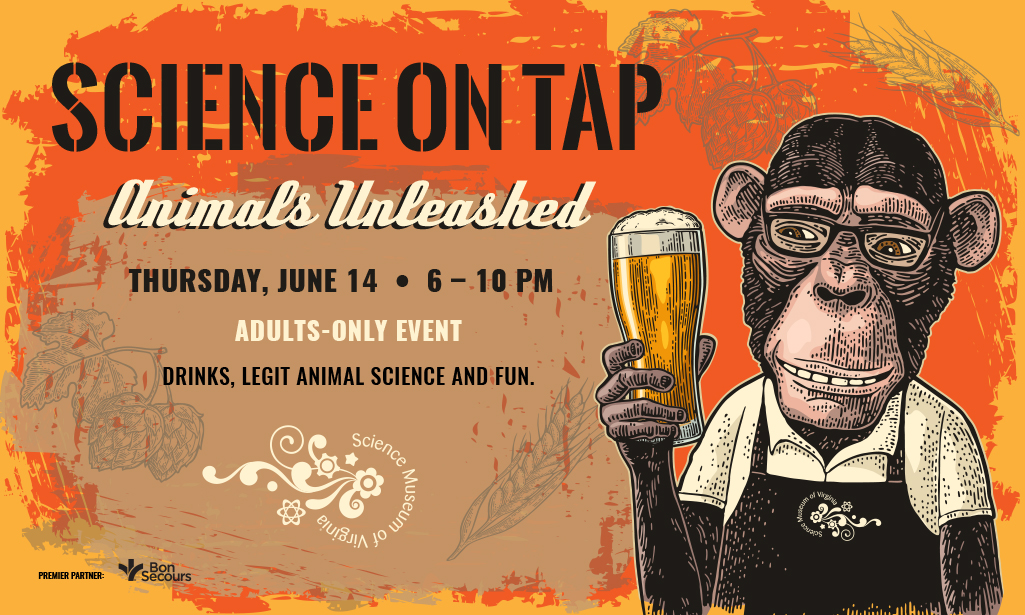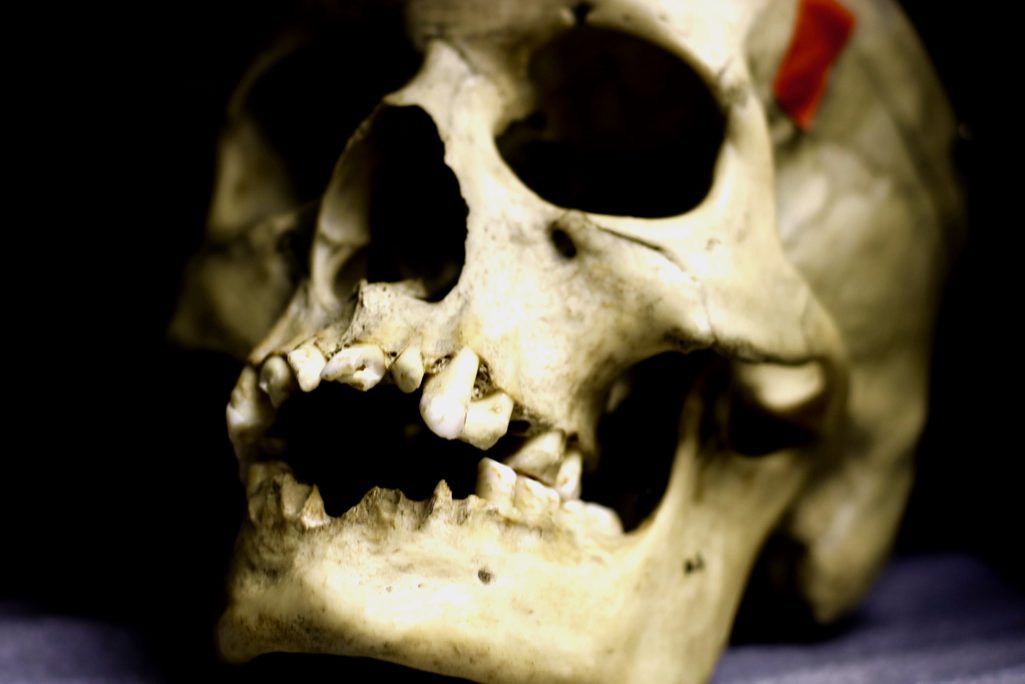Science on Tap: Animals Unleashed Animal science has been unleashed in the Museum! Join us for an adults-only night at the Museum full of kooky animal facts, childish fun and choice cocktails. In honor of our summer touring exhibition, BODY WORLDS: ANIMAL INSIDE OUT,...





